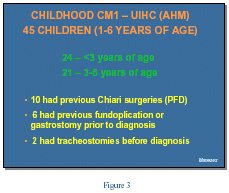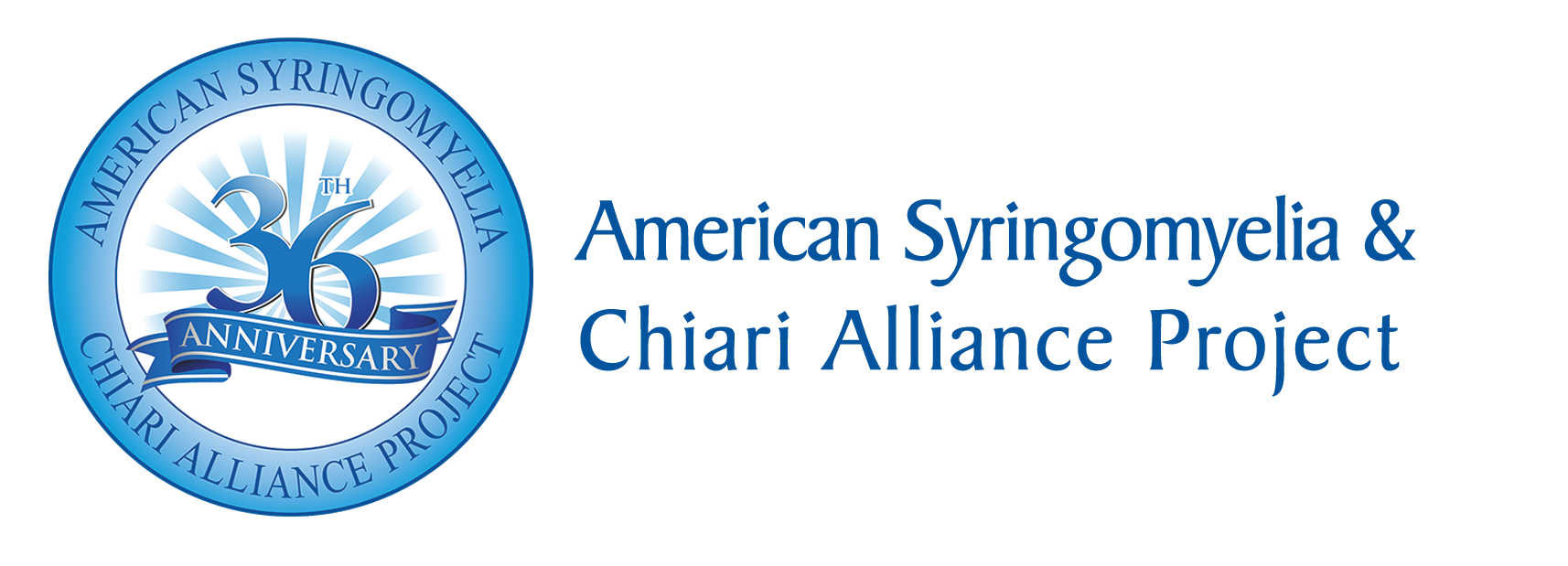

If they strain then theyre going to increase their headache, so they become further constipated, its a vicious cycle. The next thing that happens is there is a hard stool that is coming through and they get a fissure that makes it more painful, so they scream before in anticipation both of the headache as well as now for the rectal fissure problem.
So headache was one, the next was repeated aspiration and pneumonia. Ill explain to you what repeated aspiration means. That means things going down the wind pipe, both liquid and solid but most of the time its liquid because in the food pipe, the pharynx has a chance to grab onto food, it can propel it down, but liquid (now Im not talking about yogurt or soft ice cream, Im talking with straight liquid) the pharynx doesnt have a chance to grab onto it, so it can go the wrong way.
Sleep apnea, you all know what sleep apnea is, meaning, you know there was a term that was used a long time ago called ondines curse and that was the curse of a woman whose lover jilted her and left for somebody else. She said that "when you sleep with somebody else youll fall asleep and you wont wake up, youll stop breathing."
Weakness and gait abnormalities. Now remember a child starts walking, starts cruising around at about 10 or 11 months of age and becomes steady on the feet only at about 2 years of age. They walk like they are on a boat, wide stance and then they are toddling around; we have to go past that normal phenomenon. Were talking about true gait abnormalities, a child who has already achieved independent walking and then has difficulty again; so a backward step.
Failure to thrive. Scoliosis is in about a third of the patients and then developmental delay because youve got nutritional factors that come in.
